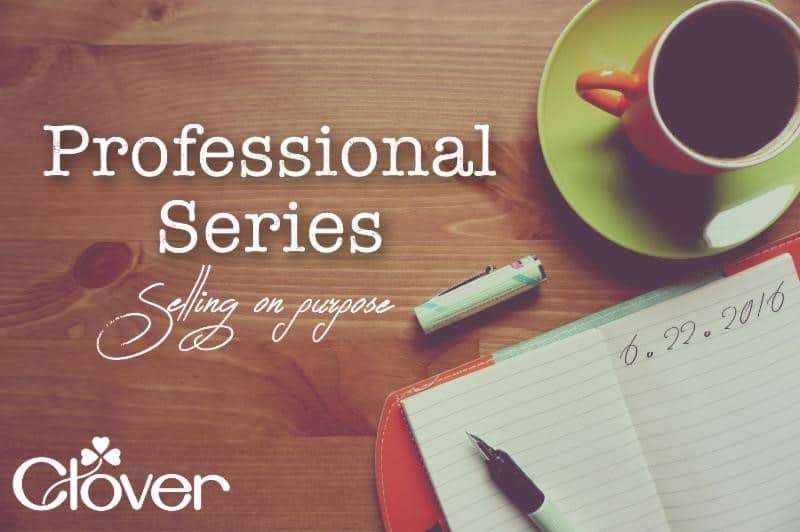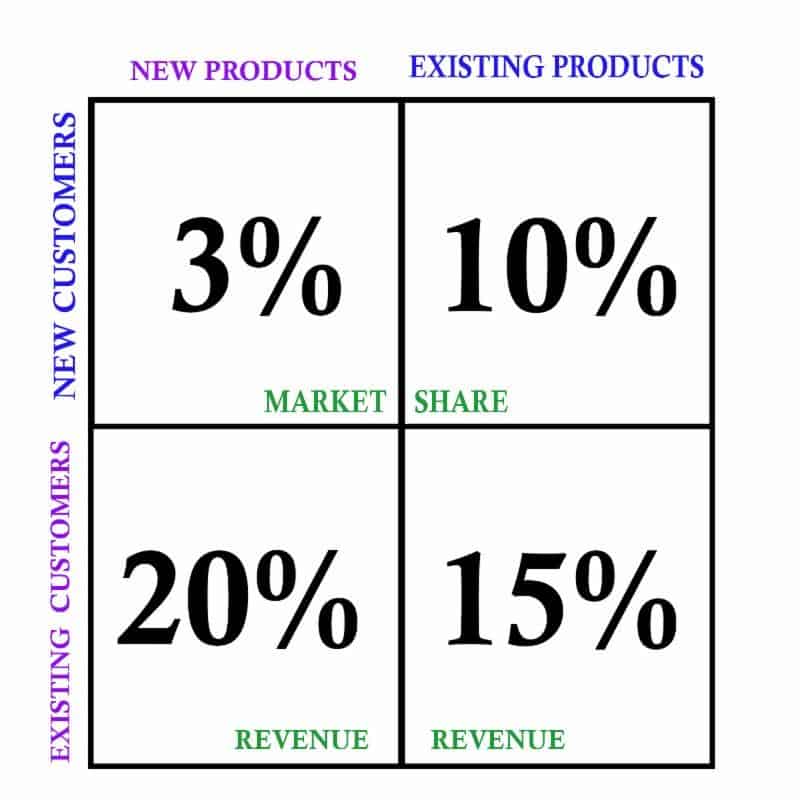
By Steve Butler
Most of us are familiar with Lewis Carroll’s classic novel Alice’s Adventures in Wonderland. You remember at one point she comes to a crossroads with two paths, each stretching out in opposite directions. As she’s trying to decide which path to take she is confronted by the Cheshire Cat. Alice asks, “Which path shall I follow?” The cat answers, “That depends where you want to go. If you do not know where you want to go it doesn’t matter which path you take.”
It’s easy to draw the analogy to our businesses. If we don’t know where we want to go it doesn’t really matter what path we follow. But then we have to be satisfied with the outcome. Our title, Selling on Purpose implies having a course that leads us to specific destination. So what is that destination? To answer that we have to know why we’re in business. So why are we in business? Most people would say to make money, a profit. But experts tell us that profit is actually the result of business. Think about it. When do we get our money? We get our money when we’ve satisfied the needs of our customers. After they get what they want. Stands to reason then, that to grow our businesses we need to increase both our customer satisfaction and our customer base.
To do that we’ll need a plan. And when we have that plan we’ll be selling on purpose, not just hoping for some acceptable outcome. But how do we formulate this plan? To answer that and be truly competitive we must be more knowledgeable about our customers and products than our competition. So what do we need to know and how can it help us with defining our plan? Where do we start? Customers and Products. Existing and new. Please refer to the following table

The percentages listed are ballpark averages for opportunities of sales of new and existing products to new and existing customers. As we can see there is quite a disparity between sales to existing customers as contrasted to sales to new customers. The point of the chart is to show that our primary source of revenue growth is through our existing customers. The more satisfied they are, the more profit we realize. The 80/20 rule definitely applies. This is the80% of our profits derived from 20% of our customers. Additionally business statistics show that it is anywhere from six to twenty times more expensive to acquire a new customer than it is to keep an existing customer. So when formulating our plan where should our priority lie? Yep, existing customers. What about the new customers? They’re important too. Getting them on board is how we increase our market share.
First things first, what is it that customers are looking for? Extraordinary service. That’s what brings them into our stores and that’s what keeps them there. The results of various surveys of what that actually is may surprise you.
- Assurance– Customers want to know that you have quality products and the right products. They also want to know that you are the real deal. That you’re up to date with current trends and techniques. Customers are more knowledgeable than ever. They’ll spot and avoid pretenders.
- Quality – Quality speaks for itself. A lack of quality in any product for service in your store undermines #1 above. People are willing to pay for it. If they aren’t then they’re not your customer anyway.
- Service – Service goes well beyond welcoming customers into your store and making sure you’re never out of black and white thread. Customer service means a sales staff that can assist any customer with any project. A solid training program is a must. Everyone needs to understand thread weights, sewing machine needles, bias tape makers, fusible, etc.
- Selection – Most customers want one stop shopping. We need to have all of the important products. That doesn’t mean everything. We don’t need three brands of 50 weight thread or 7 different brands of seam rippers. All we need is a good selection of quality products. Too many similar products make the decision process too hard and our customers decide not to decide. No sale. Presentation is important. Products should be arranged logically and simply. If your notions wall looks like a garage sale gone bad you have work to do. Bottom line, make your products easy to find and the decision process simple.
- Price – Surprisingly this is the least important consideration for customers. Why are quality customers willing to pay more? See numbers 1 through 4 above. An extraordinary shopping experience trumps price every time. Recently it was reported that not one major product category in the US was led by the lowest price brand. Substitute discounts with benefits and don’t short sell yourself.
So what specific actions could be part of our plan to increase revenue from our current customers? Here are a few.
- If we want to increase our level of customer satisfaction why not ask them? Pick four or five of your best customers and invite them to a working lunch. Let them know that lunch is on you but you want something in return. You’d like to hear what they like about your store and what they’d do to improve it. There’s potential for some great ideas. Do a lunch a month with different customers. It builds loyalty too.
- Activate your “absentee” customers. Haven’t seen someone for a while? Sent out invitations to see new fabric lines or other products or participate in free classes. Make sure customers who purchase sewing machines take advantage of free classes. If they don’t know how to fully use their machines you aren’t getting the full value of follow on sales.
- All of your sales associates should be very familiar with every product in your shop. Routine training pays off in add on sales. If your staff is not aware there’s little change they can make your customers aware.
Dear Santa Coupon – With every sale near Christmas provide each customer with a Dear Santa Coupon. It’s simply a coupon that lists a given percentage off regular pricing and includes blank lines to be filled in by the customer. It’s a Christmas wish list she gives her husband. When she gives it to him he knows that she knows that he knows what she wants for Christmas. No getting out of it. The benefit to him is no shopping. He brings it into your shop and you put it together for him. Maybe even gift wrap it for him. His wife gets what she wants, he gets a fault free shopping experience with a discount and you get the sales. Win, win, win.
Those are some ideas for increasing revenue streams. Now how can we increase market share? Unfocused advertising and coupon distribution are expensive and relatively unproductive. We need to develop a plan to focus our investment for market share development. Who can help us? See the above. We already have a fan club. Let your best customers focus your investment. Here are a few ideas.
- We all have classes. Offer to wave class fees for customers who bring someone with them. You get a new customer actually into your store where you can impress them with your extraordinary products and services. Can’t do that on radio and it costs less.
- Have free Kids Camp. Provide a free class on Saturday for kids. Help them make a pillow case and let the kids take a second project home to do with mom. They’ll bring her back for more.
- Explore opportunities to participate with guilds, schools and other civic activities. Once again, extraordinary service will win loyal fans.
The bottom line to all of this is that to succeed in an increasingly competitive environment we need to develop a plan that separates us from those coveting our customers and their discretionary dollars. The recommended general theme would center on building strength within your current customer base and using them to expand your market share with new customers. Throughout we need to focus on the five primary areas that will engender loyalty with both existing and new customers. Remember, if you don’t know where you’re going it doesn’t matter which path you take.
Watch Professional Series here:
Tell us what you think on Facebook | Twitter | Instagram | Pinterest.